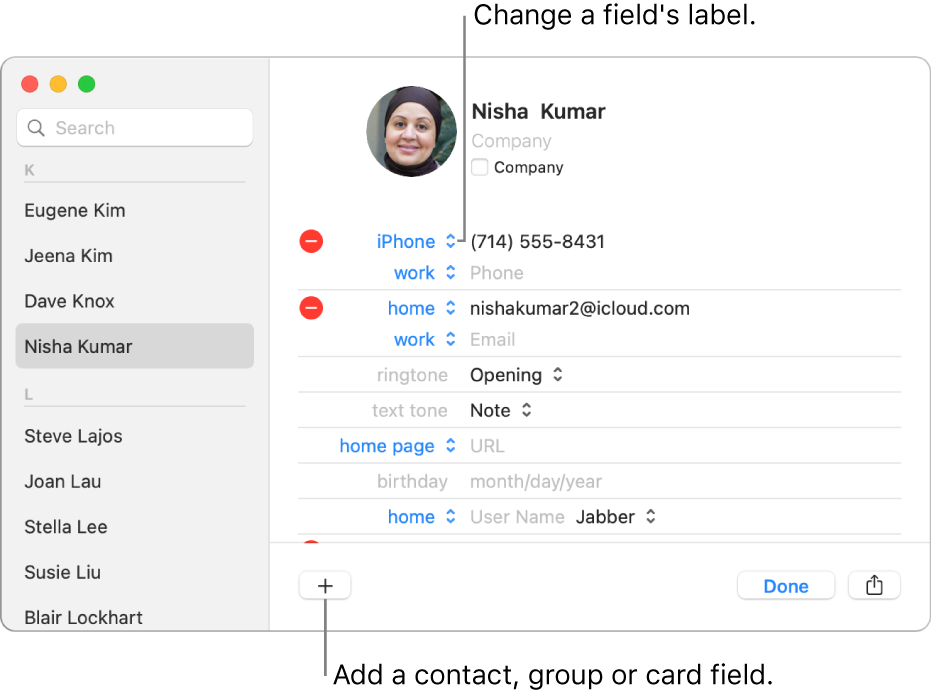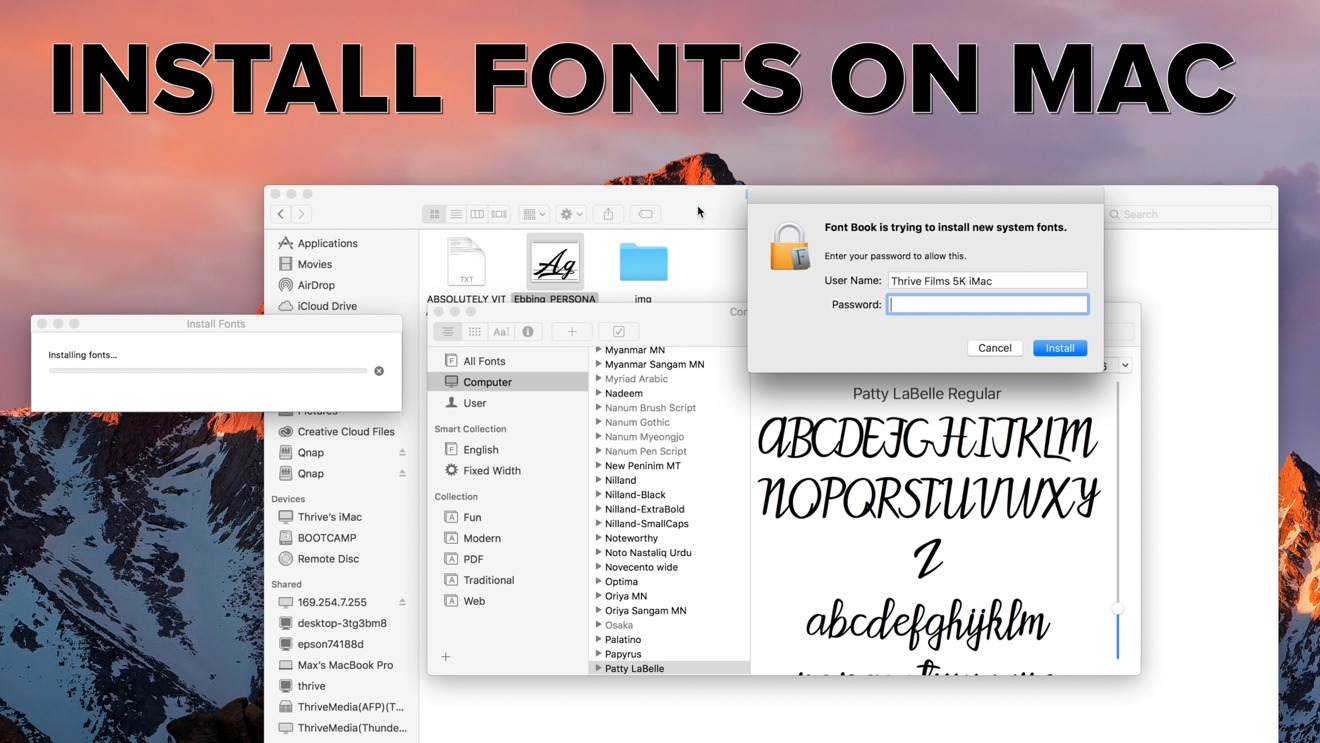

Didn't make sense, but this was how I solved the problem. I found that for one of my machines, until I did this it couldn't find the domain to authenticate to for some reason. Repeat this for the Contacts area as well, and ok/save. Then click + and click OK on what should already be selected, the line ending in domain.local. Once bound, click Search Policy in Directory Utility, and in the Authentication area, remove "all domains" item by highlighting it and clicking. Also, select the checkbox which allows domain admins to be admins on this computer. Do not attempt the steps from within the account which is actually being migrated.Īt step 8 in the directory utility, Make sure, under the administrative tab to select "prefer this domain server" and enter the fqdn of one of your domain servers (). I have made a few notes of specific things I did which seem to help it run smoothly:īefore doing anything else, create a generic local admin account. My colleague and I were blown away by how many steps it is.but it works and without the script! Go to gear and select 'Apply to Enclosed Items' Under the 'Name' column in the 'Sharing Permissions:' section, you will see an owner account listed and under the 'Name' column, it may read 'Fetching'. Set 'Domain Users' group permissions to be Read Only.Ģ3. Click + and add Network Groups and add 'Domain Users'Ģ1. Select user, click gear and choose 'Make user owner'Ģ0. Set the user with Read, Write permissions. Click + and add Network User and type in and select the correct AD user and click ok.ġ9. Select the User folder and choose Get info.ġ8. The name of the user folder needs to match the AD username.ġ6. Go the the user folder and delete the '(Deleted)' and any spaces from the folder name.

Restart computer, log back in as root, and empty trash.ġ5.

Navigate to Users folder/new AD user folder and delete new AD user folder. Log Out of AD account and log back in as root.ġ4. Skip any configuration prompts upon login.ġ3. At login screen, select Other… and log into computer with AD account and if prompted, select the option for 'Create Mobile Account'. This will rename the user folder by adding '(Deleted)' at the end of the folder. At the Delete prompt, select option to 'Don't change the home folder (the home folder remains in the user folder). Select the local user account that you want to migrate to an AD account and choose Delete (-).ġ0. Continue back to Users & Groups in System Preferences and continue to next step.ĩ. Choose create mobile account at login and then click OK. Authenticate with appropriate credentials. Click the triangle to the left of the window to expand the Active Directory options. If you have not bound computer to domain, double click 'Active Directory' in the Directory Utility. If you have already added the computer to the domain and configured option to create mobile account at login, close Directory Utility and go back to Users & Groups in System Preferences and continue to next step.
ADD NEW USER TO MAC PASSWORD
Set a password for the root user if not already set.Ĩ. In Open Directory Utility, authenticate as an admin and go to the Edit menu and enable the Root user if not already enabled. Click the 'Edit' or 'Join' button next to Network Account Server.ħ. Authenticate to unlock Preference Pane.ĥ. Go to System Preferences -> Users and Groups -> and click on Login OptionsĤ. Log into the computer under any Admin account other than the account that needs to be migrated.ģ.
ADD NEW USER TO MAC MAC
First ensure that the local mac user account password matches the password for the AD account that you want to migrate to.Ģ.


 0 kommentar(er)
0 kommentar(er)
